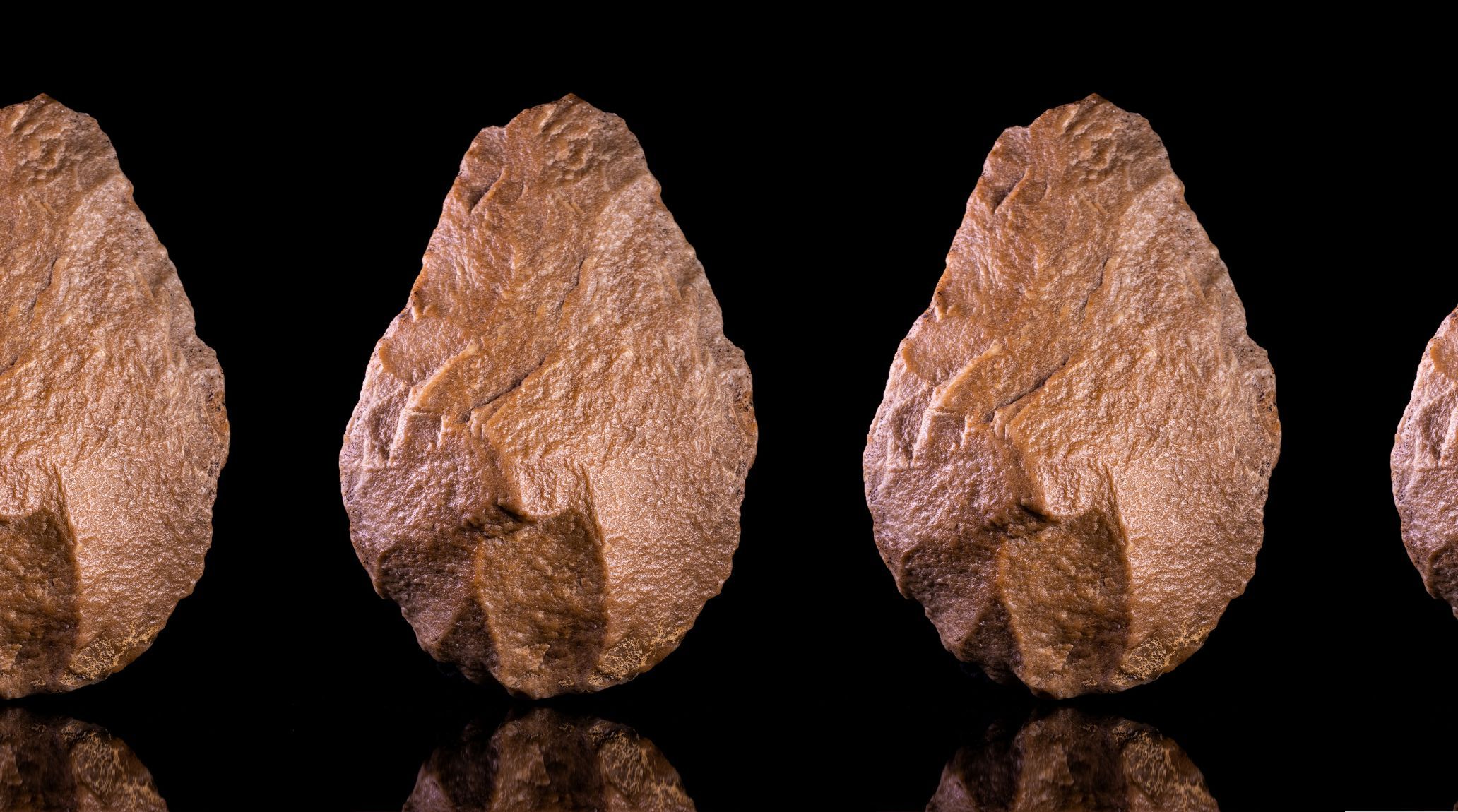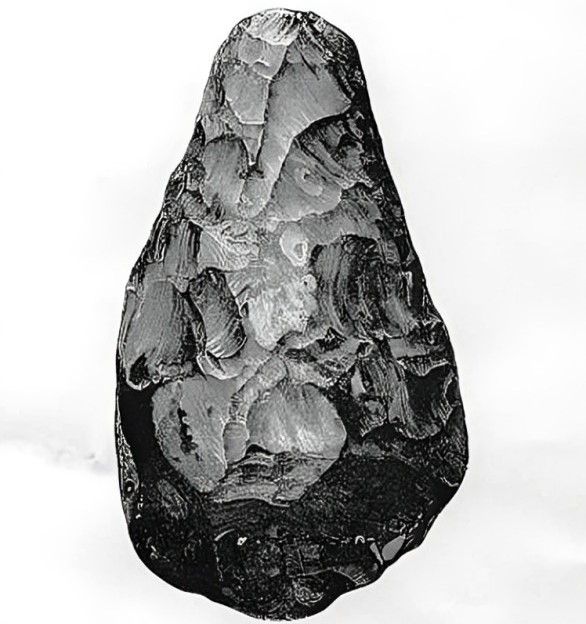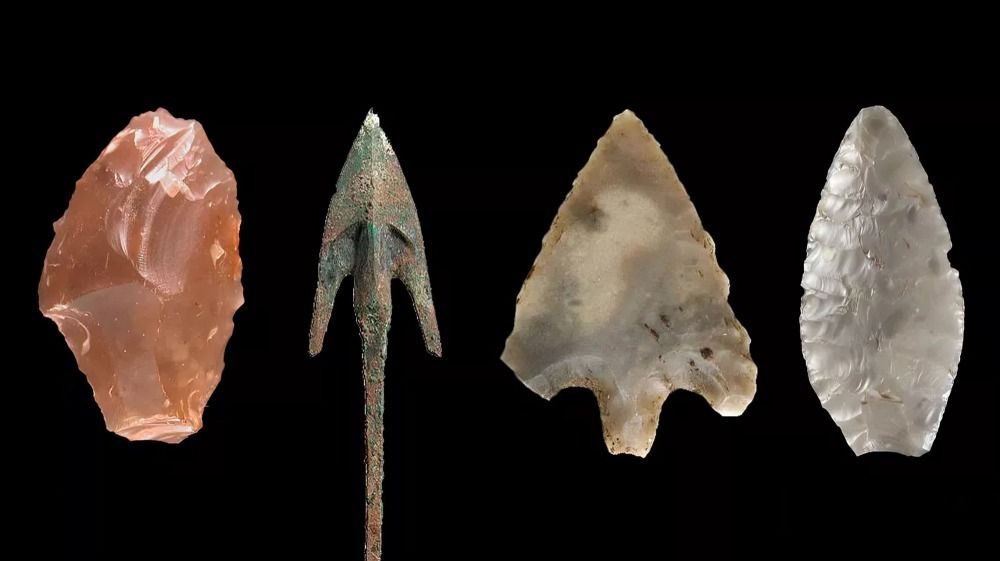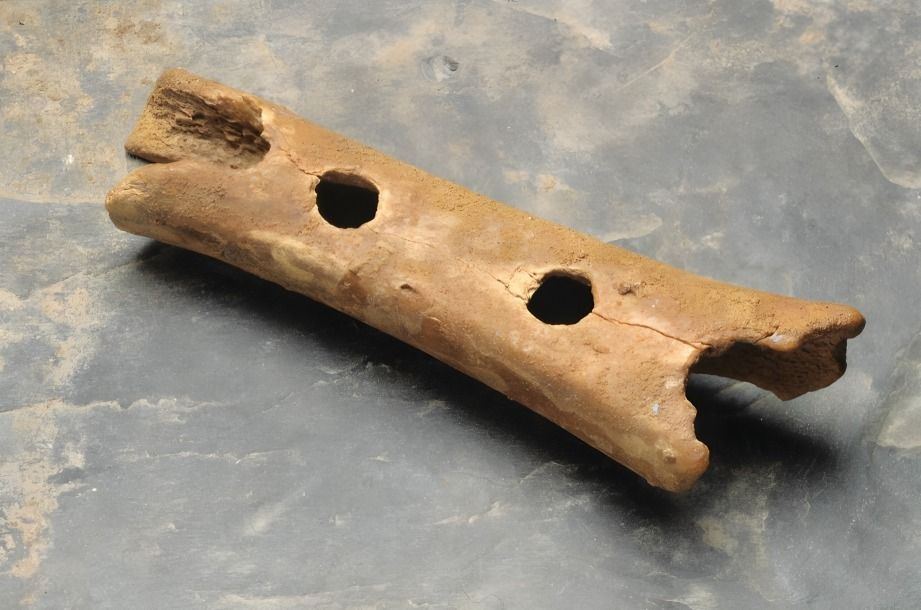
“
The Paleolithic Era, or the Old Stone Age, represents a crucial period in human history, defined by significant technological advancements. This blog will delve into 20 fascinating facts about Paleolithic technology, showcasing the ingenuity and resourcefulness of our ancestors. 1
1
1
1
”
The Paleolithic era, widely recognized as the Old Stone Age, lasted over two million years and represents humanity's longest technological phase, characterized by vital stone tools essential for survival and development.1
One of the earliest known tools, the Oldowan chopper, dates back over 2.6 million years, and early hominins effectively utilized it for cutting meat and shaping wood into useful implements.2

The Acheulean hand axe, which emerged around 1.76 million years ago, featured a symmetrical teardrop shape that made it multifunctional for various tasks, including hunting and crafting additional tools for daily activities.
Flint knapping was a crucial technique that allowed early humans to shape stones into specific forms, producing sharper tools that were essential for hunting large animals and processing food efficiently.3
Spearheads and projectile points appeared around 300,000 years ago, allowing hunters to strike from a distance, enhancing hunting success and personal safety.4
The discovery of fire revolutionized human life by providing warmth and protection while improving food digestion, significantly contributing to brain development over generations.5
Bone tools like awls and needles became prominent in the Upper Paleolithic, demonstrating early humans' skill in manipulating materials for practical and creative uses.6

The bow and arrow, invented around 71,000 years ago, revolutionized hunting, enabling hunters to take down game from greater distances with improved accuracy.
During the Upper Paleolithic, the invention of the burin, a chisel-like tool, enabled early humans to craft complex objects, significantly enhancing their hunting, fishing, and sewing abilities while showcasing their ingenuity.7
Paleolithic dwellings, dating back around 400,000 years, were crafted from mammoth bones and hides, offering essential shelter from harsh conditions and aiding survival.8

In 1995, the oldest known musical instrument—a bone flute over 40,000 years old—was discovered, revealing the depths of early human creativity and illustrating the significant social role music played in their lives.
Humans began to create personal ornaments during this era, crafting beads from shells, bones, and stones, which indicated social expression and potentially reflected complex cultural meanings within their communities.9
Scrapers, which were essential tools for cleaning animal hides, were crafted from stone or bone and played a crucial role in preparing materials necessary for clothing and shelter in colder climates.10
Around 300,000 years ago, early humans developed composite tools by combining different materials, such as stone and wood, significantly enhancing the efficiency and versatility of their tool-making practices for various tasks.11
The earliest evidence of woodworking dates back to this era, with stone tools used to shape wooden objects that were essential for hunting, gathering, and defense against predators in their environments.12

Microliths, tiny stone blades that emerged around 35,000 years ago, marked a significant advancement in toolmaking efficiency, allowing for the creation of composite tools like spears and arrows that improved hunting techniques.
Stone awls, pointed tools used for piercing various materials, significantly improved early humans' ability to create clothing, baskets, and shelters, thereby enhancing their quality of life and ability to adapt.13
Grinding stones processed plant materials, allowing early humans to diversify their diets and representing one of the earliest food preparation technologies that laid groundwork for agriculture.14
Cave art, created around 40,000 years ago with natural pigments, offers insights into early human life and indicates the emergence of symbolic thinking and communication methods.15
Obsidian, a naturally occurring volcanic glass, became a popular material for crafting tools and weapons during the Paleolithic, renowned for its sharp edges and effectiveness in early human toolmaking practices.16


